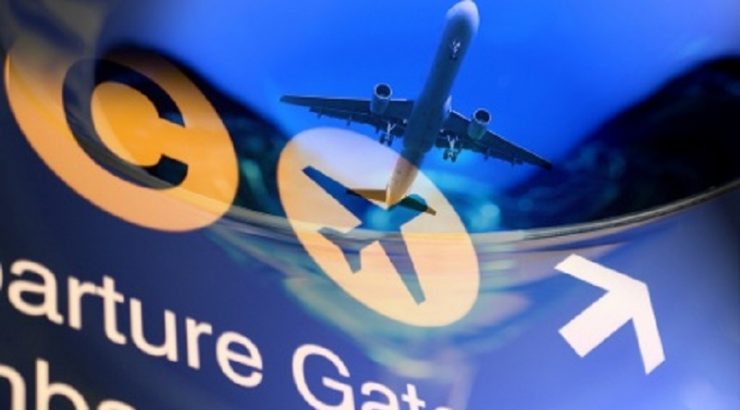SINCE the global COVID-19 pandemic and its impact on the aviation industry, the frequency of trips by plane has decreased significantly. However, air connectivity still needs to be maintained to speed up the handling of the virus. In line with this, PT Angkasa Pura II continues to operate 19 airports to serve flights.
According to President Director of AP II Muhammad Awaluddin in his press release said, the company is currently suppressing operational costs, cutting capital expenditure (capex), and tightening cash flow management. The three programs are part of efforts to maintain business continuity that has been running since March 2020 or when the pandemic is established, so that Indonesia’s air connectivity is maintained.
“The focus in business survival was to strictly calculate spending through the cost leadership program, then cut capex, and tighten cash flow management. In early 2020, AP II set a capex of IDR7.8 trillion. But along with the pandemic, capex was cut to IDR1.4 trillion, then tightened again to IDR1.1 trillion,” he said.
Awalludin explained this year’s Capex is specifically used for multi-year projects, maintenance of facilities to ensure security, safety, service, and design of Terminal 4 of Soekarno-Hatta International Airport. “This year is not a year of expansion for PT Angkasa Pura II because we take into account everything in the middle of this pandemic.
AP II also tightened belts by making savings in operational terms at 19 airports. Savings for example by reducing the cost of non-priority facilities and services pay attention to existing conditions. One example of savings made at Soekarno-Hatta is to temporarily close Terminal 1 and Terminal 2F. This is also an effort to set operational patterns to support large-scale social restrictions (PSB). In line with PSBB, skytrain operations which are a mode of inter-terminal electric train transportation have been temporarily stopped.
“Through cost leadership, savings from the operational side at 19 airports are quite large, savings can be made up to 70% of the estimated cost we estimated at the beginning of the year. As a group including subsidiaries, savings can be made up to 60 percent. The nominal savings are quite large,” Awaluddin noted.
Awaluddin affirmed, the company prioritizes the principle of prudence in managing cash flow. In the midst of this pandemic, cash inflows have indeed been under pressure due to decreased passenger traffic, but they are still supported by maintaining the cargo transportation business. In addition, a number of banks including those in Himbara have also provided loan facilities to AP II. The cash out flow (cash out flow) seeks to be managed well, among others, done through cost leadership.
“We are trying to balance cash inflows and cash outflows in the middle of this pandemic. Until now PT Angkasa Pura II has been able to maintain this, so that later it will be able to expand again when the pandemic is under control,” Awaluddin stressed.
Through cost leadership, capex disbursement, and cash flow management, in the midst of this pandemic AP II was able to maintain the operations of 19 airports. The company’s airport is prepared to operate in the midst of a pandemic with various facilities and equipment, follow the dynamics of procedures or regulations that adjust to the latest developments, and operate more streamlined and optimal.
Awaluddin explained, one of the company’s airports, Soekarno-Hatta International Airport, continued to operate 24 hours a day to support COVID-19 handling. Soekarno-Hatta became the arrival point of the flow of air transportation logistics assistance to help Indonesia deal with COVID-19. In addition, Soekarno-Hatta was also the main airport serving repatriation flights to take Indonesian citizens home. AP II also continues to present service innovations such as various touchless facilities in Soekarno-Hatta.
“PT Angkasa Pura II strives to always support the handling of COVID-19 with our capabilities and resources and in collaboration with the Ministry of Health’s Port Health Office, the Task Force for the COVID-19 Handling Acceleration and other stakeholders,” he concluded. [photo special]
















